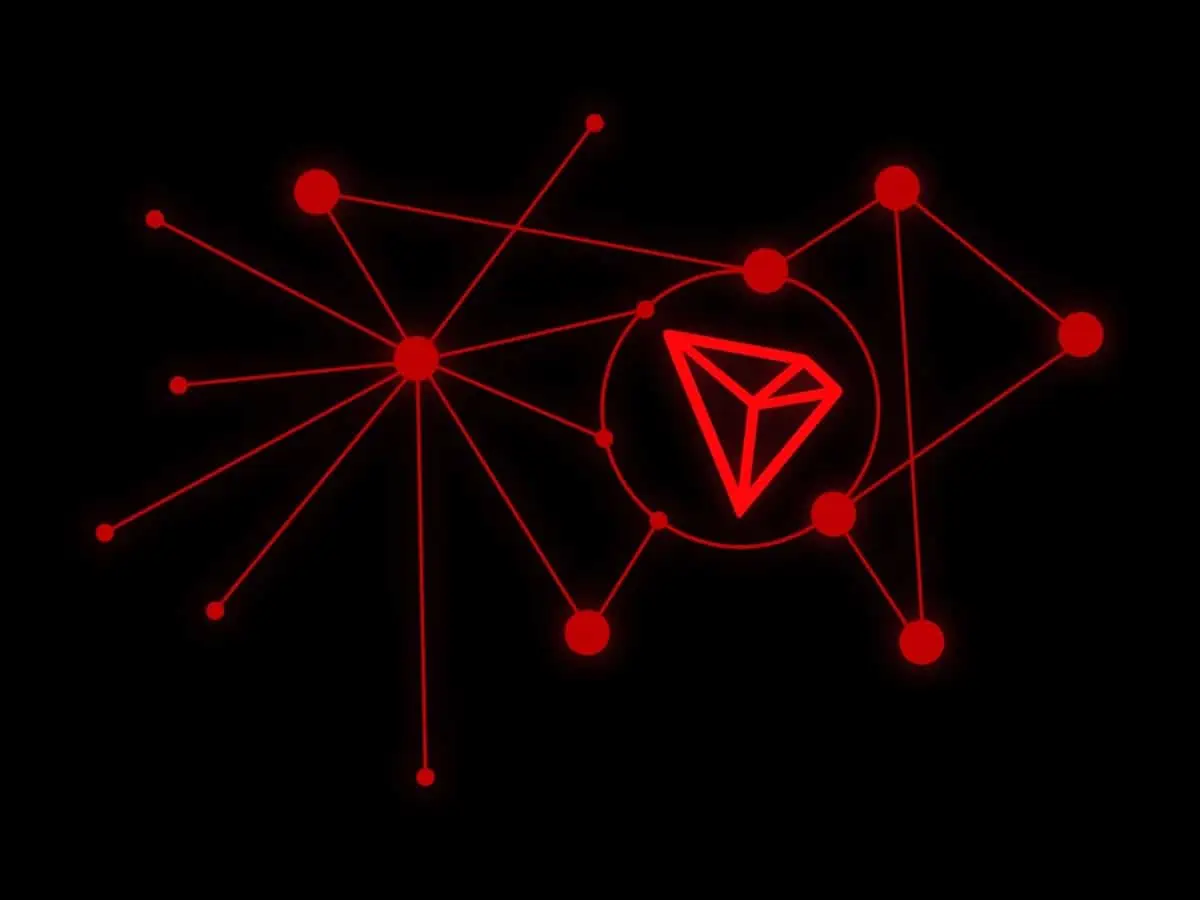Cryptocurrencies and blockchain technology have transformed the way we think about money and transactions. Smart contracts, a self-executing code that runs on top of blockchains, have expanded the potential use cases of cryptocurrencies and blockchain technology.
In this expert article, we will compare the smart contract capabilities of two major blockchain platforms: Litecoin and TRON.
So, if you are interested in Cryptocurrency, you may also consider knowing about the role of Blockchain in Real Estate Investment.
Litecoin smart contract capabilities
Litecoin is a cryptocurrency that was created in 2011 as a fork of Bitcoin, with a focus on improving its speed and efficiency for transaction processing. While Litecoin’s primary focus has been on being a fast and cheap payment system, it also supports smart contracts through a technology called “M-TPS” (MimbleWimble-Transaction Per Second).
M-TPS is a protocol that enables private and scalable smart contracts on the Litecoin blockchain, without sacrificing its core features. Although Litecoin’s smart contracts are not Turing complete, meaning they have some limitations in terms of complexity and programmability, this also means that they have a higher degree of security and are less susceptible to bugs and hacks that can plague other platforms.
TRON smart contract capabilities
TRON is a blockchain platform that was launched in 2017 with the aim of creating a decentralized internet where content creators can directly connect with their audience without intermediaries. TRON’s primary focus has been on supporting smart contracts, which allows for the creation and execution of decentralized applications (dApps) on its network.
TRON’s smart contract capabilities are based on the Solidity programming language, which is also used by Ethereum and other blockchain platforms. Solidity is a Turing-complete language, meaning it allows for the creation of complex and customizable smart contracts that can handle a wide range of tasks and operations.
TRON’s ecosystem includes various tools and platforms for developers, such as the TRON Virtual Machine (TVM), TRONBOX, and Truffle, which make it easy to create, test, and deploy smart contracts on the TRON network.
Litecoin vs TRON: Comparative analysis of smart contract capabilities
- Security: Smart contracts are prone to bugs and vulnerabilities that can lead to loss of funds or sensitive data. Both Litecoin and TRON have taken steps to enhance the security of their smart contracts, but they have different approaches. Litecoin’s smart contracts are simpler and less prone to errors, which makes them more secure by default. TRON’s smart contracts are more complex and flexible, which requires more testing and auditing to ensure their security.
- Scalability: Smart contracts can put a heavy load on blockchain networks, which can slow down transaction processing and increase fees. Both Litecoin and TRON have implemented various solutions to enhance their scalability, but again they differ in their approaches. Litecoin’s M-TPS protocol enables fast and private smart contracts, but it has some limitations in terms of complexity and interoperability.
- Functionality: Smart contracts can have different levels of functionality depending on their programming language, data structures, and third-party integrations. While both Litecoin and TRON support smart contracts, TRON’s Solidity language and Ethereum compatibility give it an advantage in terms of functionality and interoperability. TRON’s ecosystem also includes various dApps and platforms that showcase the potential of its smart contract capabilities.
- Interoperability: Smart contracts can interact with other smart contracts and blockchain networks through various protocols and standards. Both Litecoin and TRON support some level of interoperability, but TRON’s focus on cross-chain compatibility and interoperability gives it an edge. TRON’s Bridge Protocol allows for seamless exchange of assets and data between different blockchains, while Litecoin’s interoperability is mainly limited to its relationship with Bitcoin.
- Usability: Smart contracts can be complex and difficult to create and use, which can limit their adoption and accessibility. Both Litecoin and TRON have tried to make their smart contracts more user-friendly, but again they have different approaches. Litecoin’s M-TPS protocol enables private and intuitive smart contracts, but it requires some technical knowledge to deploy them. TRON’s TVM and other developer tools make it easier for developers to create and test smart contracts, but they still require some programming skills.
- Community support: Smart contracts rely on a strong and active community of developers, users, and stakeholders to thrive and innovate. Both Litecoin and TRON have vibrant communities, but they have different profiles. Litecoin’s community is more focused on its core features as a payment system, while TRON’s community is more diverse and geared towards dApps and content creation.
Conclusion
In conclusion, both Litecoin and TRON offer unique and advanced smart contract capabilities that have been used for various use cases and applications. While Litecoin’s smart contracts are simpler and faster, they are less versatile and have some limitations in terms of complexity and interoperability.
TRON’s smart contracts, on the other hand, are more flexible and compatible with other platforms, but require more resources and centralization.

